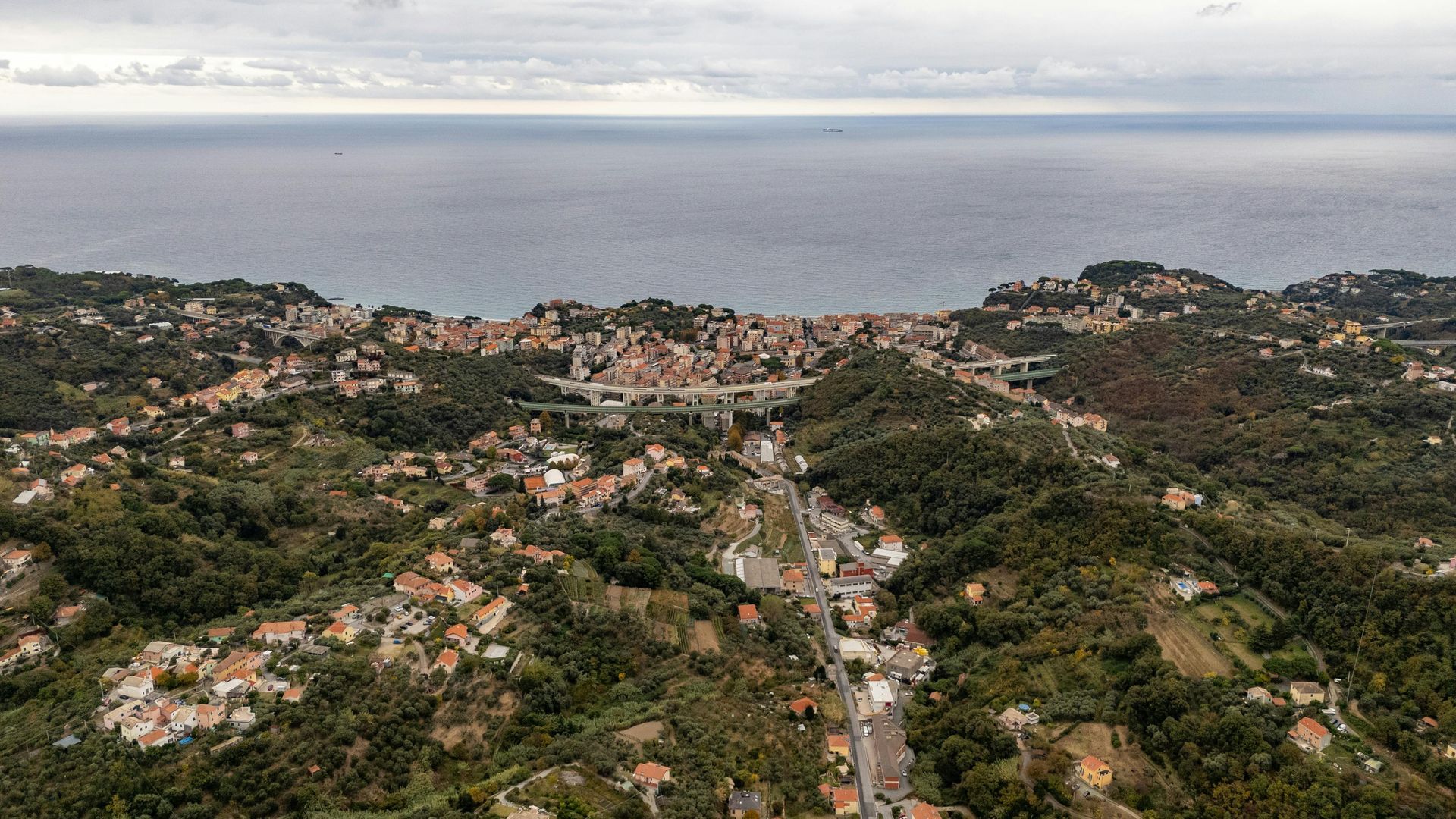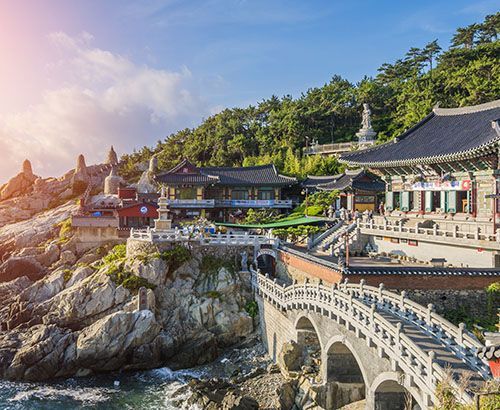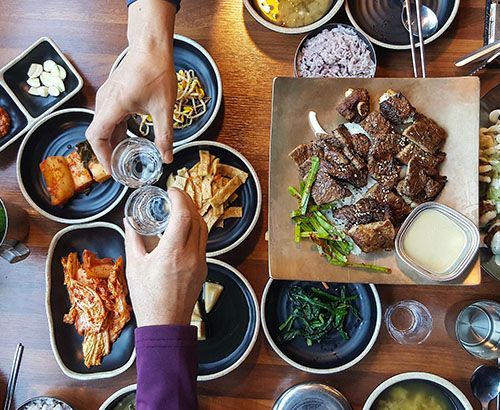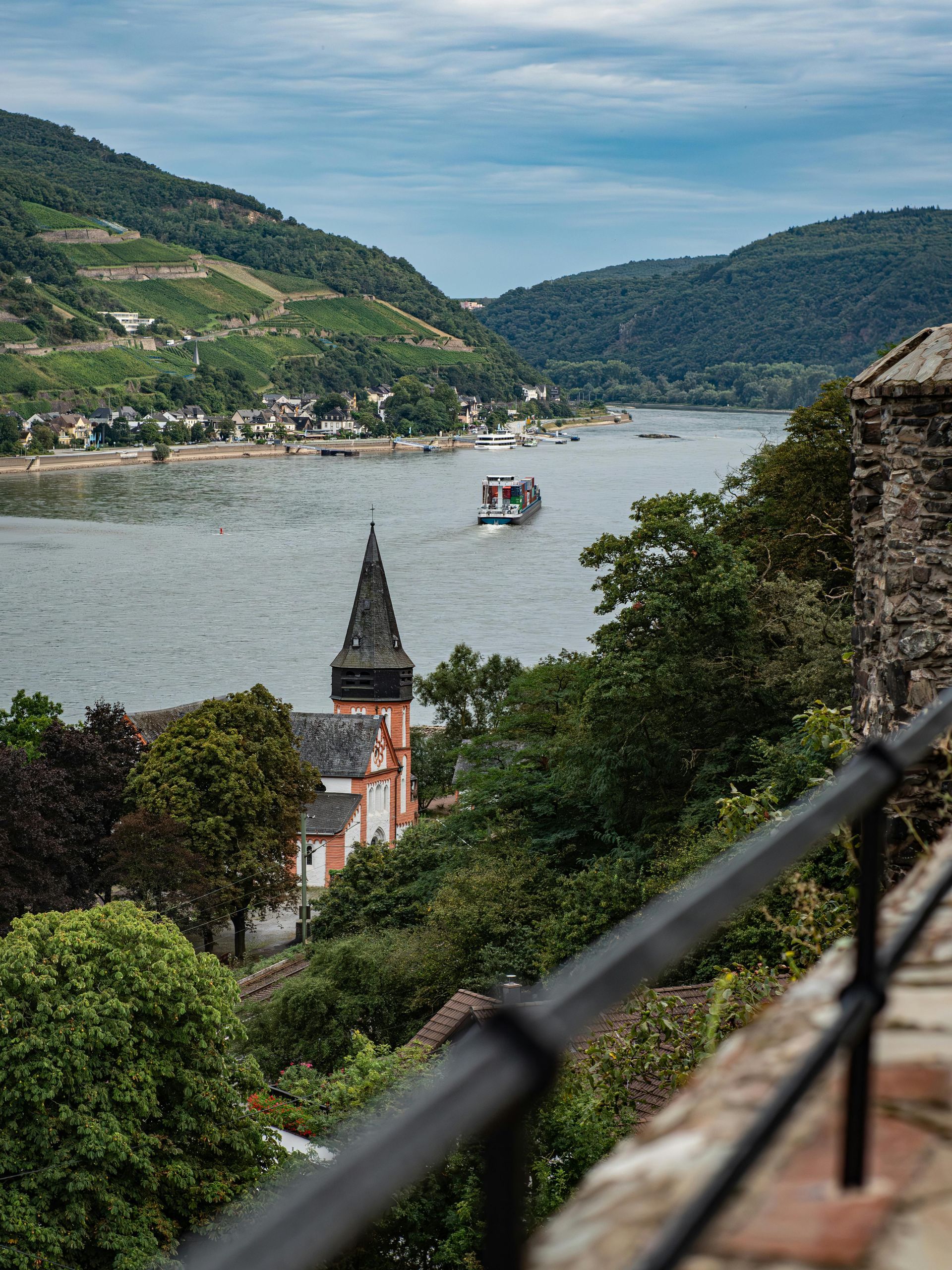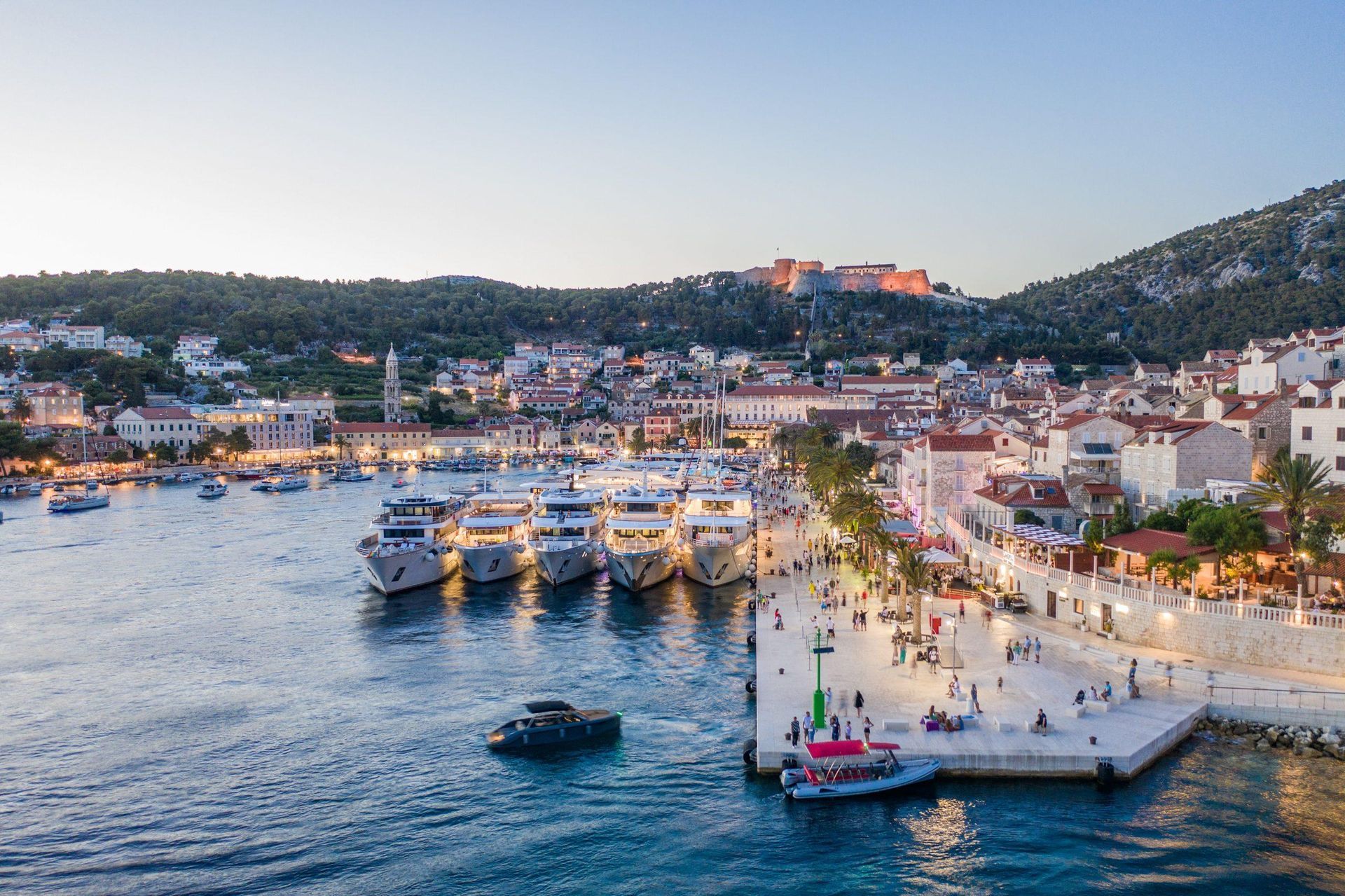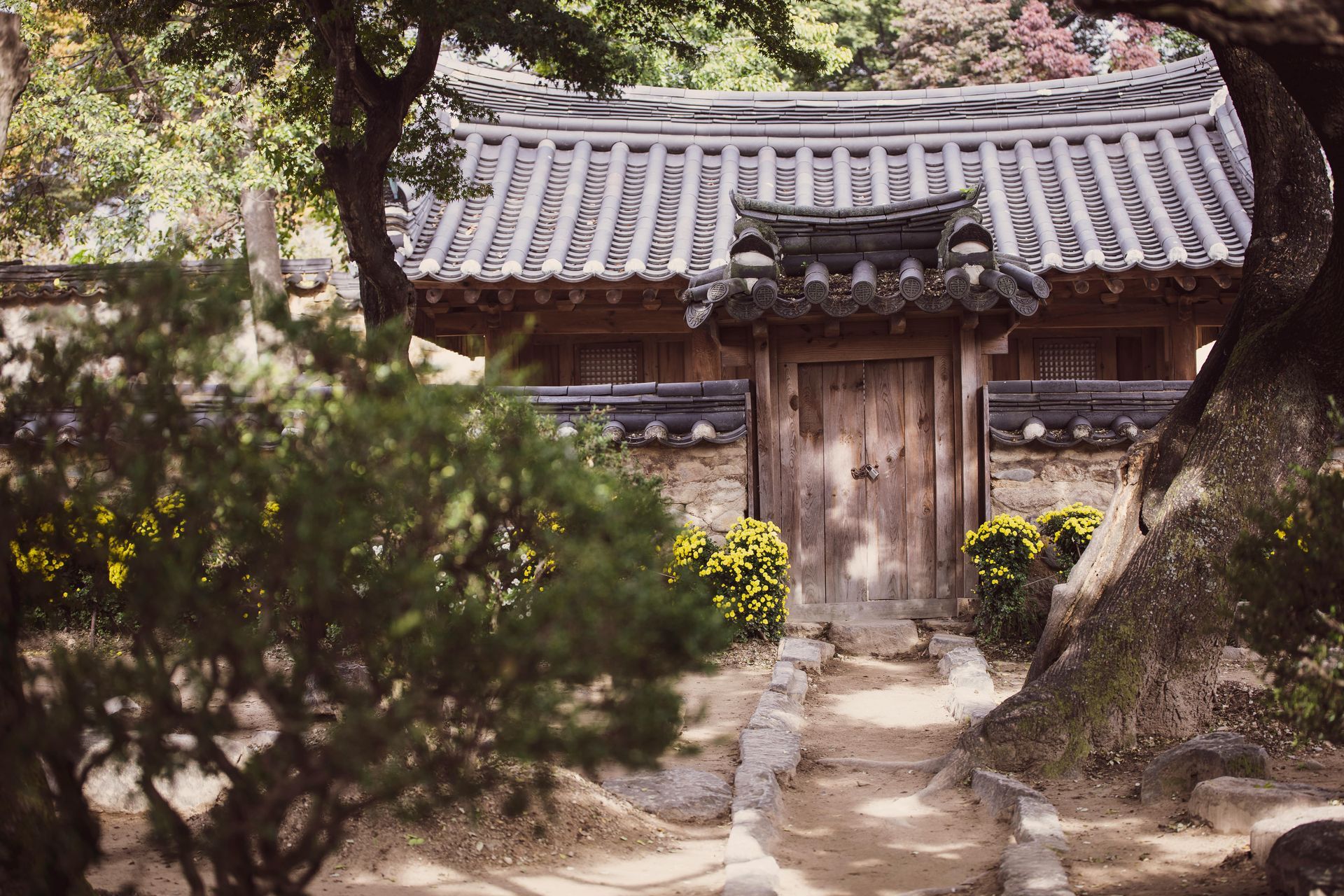Iceland: The Land of Fire and Ice
Your Ultimate Guide to Exploring Iceland: The Land of Fire and Ice
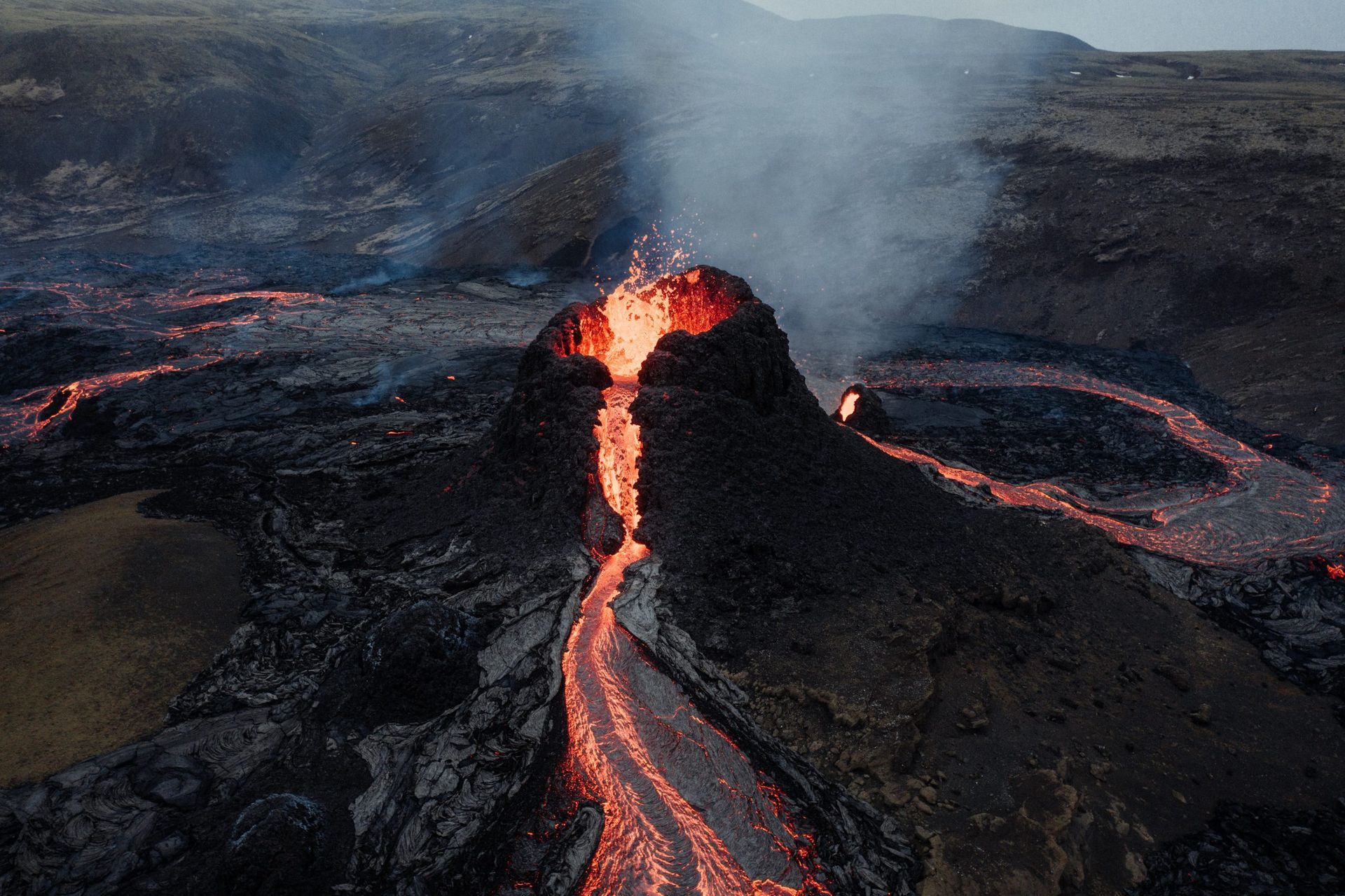
Iceland, often called the "Land of Fire and Ice," is a breathtaking destination of contrasts. From its glaciers and volcanoes to myths of elves and trolls, every corner tells a story. This guide will help you uncover Iceland’s treasures and navigate its eight distinct regions, making your adventure unforgettable.
Why Visit Iceland?
A Historical Gem
Iceland is home to Althing, the oldest known parliament in the world, established in 930 AD. The country’s deep-rooted Viking heritage shines through its language, architecture, and traditions.
Land of Myths and Legends
Many Icelanders believe in elves and trolls, shaping not only their culture but also their landscapes. Driving through Iceland, you may spot protected "elf rocks" or enchanted landscapes tied to these tales.
Natural Wonders Abound
Iceland is the most volcanically active country in the world. Its geothermal energy fuels outdoor hot springs and spas, where you can swim year-round. Just remember to follow Icelandic etiquette and shower before plunging in!
Getting to Iceland
The easiest way to get to Iceland is by air via Keflavik International Airport (KEF), located 45 minutes from Reykjavík. From the airport, take the Flybus, a taxi, or pick up a rental car to start your journey. Iceland is also accessible by cruise ships that dock at major ports.
The Eight Regions of Iceland: What to See and Do
1. Capital Region
Centered in Reykjavík, this area offers cultural and historical landmarks.
Visit Hallgrímskirkja Church, the tallest church in Iceland, and Althing, the ancient parliament site.
For natural wonders, catch the Northern Lights at Grótta Nature Reserve.
2. Southern Peninsula
This geothermal wonderland is home to:
The Blue Lagoon, a luxury spa perfect for relaxation.
The Bridge Between Continents, where you can walk between the Eurasian and North American tectonic plates.
The site of the recent Fagradalsfjall Volcano eruption (2021).
3. Western Region
Known for its natural diversity:
Explore Deildartunguhver, Europe's most powerful hot spring, or the dramatic Glymur Waterfall.
Tour Vatnshellir Lava Cave, one of the oldest lava tube caves.
4. Westfjords
Remote and unspoiled, the Westfjords boast:
Drangajökull Glacier and Raudisandur, a stunning red sand beach.
Látrabjarg Cliffs, home to puffins who aren't shy around visitors.
5. Northern Region
Embark on the Diamond Circle, Iceland's second-most famous sightseeing route:
Marvel at Goðafoss Waterfall and Dettifoss, Europe’s most powerful waterfall.
Visit Húsavík, the whale-watching capital, or explore the lunar-like landscapes of Lake Mývatn.
6. Eastern Region
A hidden gem, the East is filled with fjords and forests:
Hike to Hengifoss, the second-highest waterfall, or relax at Vök Baths, a floating geothermal spa.
Stroll down the colorful Regnbogagata (Rainbow Street) in Seyðisfjörður.
7. Highlands Region
Accessible primarily in summer, the Highlands offer rugged beauty:
Trek through Landmannalaugar for its colorful rhyolite mountains.
Explore Vatnajökull National Park, home to Europe’s largest glacier and active volcanoes.
8. Southern Region
The famed Golden Circle resides here:
Experience Thingvellir National Park, a UNESCO World Heritage site and the birthplace of Iceland’s parliament.
Witness the Strokkur Geyser, which erupts every 10 minutes, and the awe-inspiring Gullfoss Waterfall.
Essential Travel Tips
Language
Icelandic is the official language, but English and Danish are widely spoken.
Currency
The currency is the Icelandic Krona (ISK). Credit and debit cards are accepted almost everywhere, and tipping is often included in service charges.
Electricity
Bring a European plug adapter (types C and F) for Iceland’s 230-volt outlets.
Climate
Expect a temperate maritime climate. Summers average 54°F (12°C) with nearly 24-hour sunlight, while winters hover around 34°F (1°C).
Packing Essentials for Iceland
Swimwear: Enjoy geothermal pools year-round.
Waterproof Layers: The weather is unpredictable, so pack a good jacket and sturdy boots.
Snacks: Try local treats like harðfiskur (fish jerky) and skyr (soft cheese).
Explore Iceland at Your Pace
Iceland’s Ring Road (Route 1) is a fantastic way to navigate the island. The journey offers opportunities to soak in natural beauty, connect with Viking heritage, and experience the warmth of Icelandic culture. Whether it’s soaking in a hot spring or hiking a glacier, Iceland promises an adventure like no other.
Contact me today to start planning and let the magic of Iceland captivate you!
